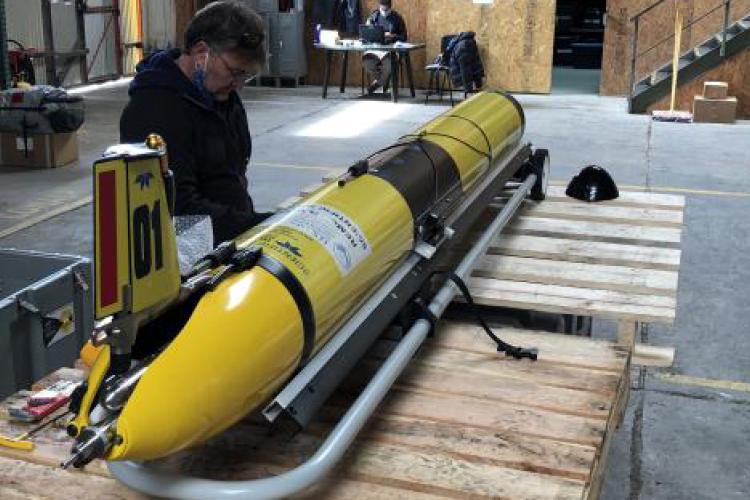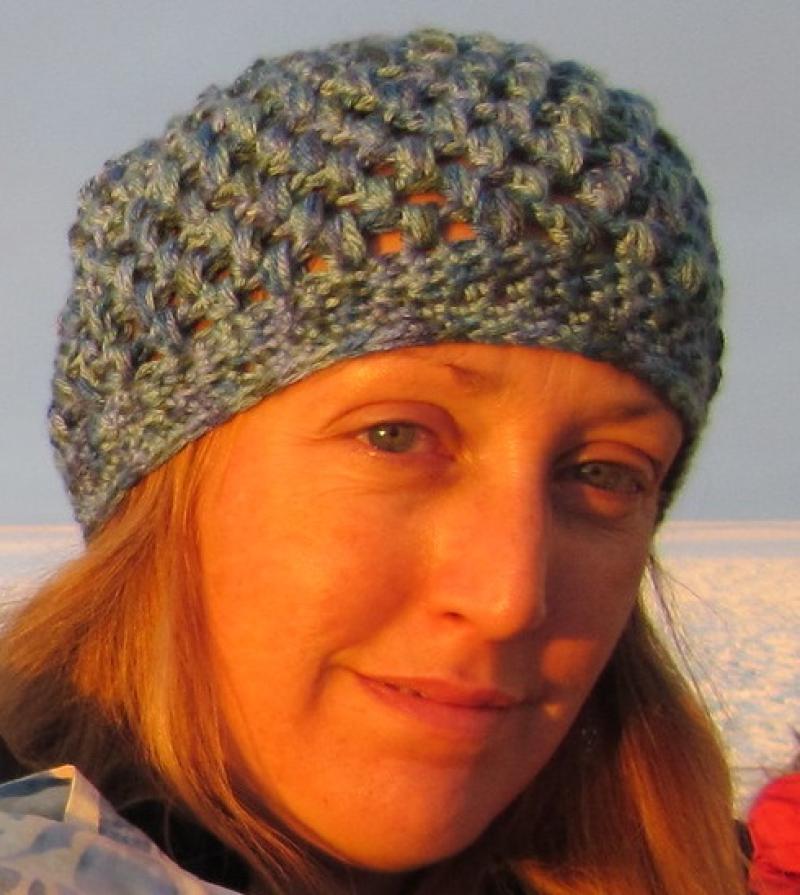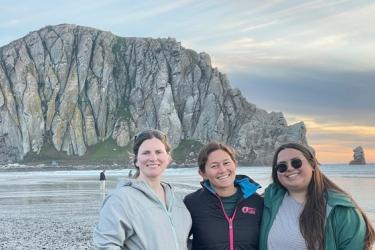As Antarctic scientists, our work is almost always at the mercy of the weather. Storms or ocean conditions—sometimes both—dictate when and where we can collect data, when we can open and close our field camps, and sometimes even the types of data we collect.
We’ve never been at the mercy of a pandemic before.
Chile closed its borders to all foreign travel in March 2020. On November 1st, 2021, Chile officially re-opened its borders to foreign non-residents, but with lots of safeguards in place to keep COVID-19 infection rates as low as possible. We adhered to all of Chile’s requirements for entering the country, including applying for permission to enter back in late September 2021. We were granted permission, but were required to enter Chile within 45 days of receiving it. Otherwise, we would have to reapply—a process that could take over a month as more and more people apply to enter the country for its busy summer tourism season.
As our shipment of gear faced—and still faces—delay after delay, we had to make a choice: wait for the shipment to arrive in Punta Arenas before traveling to Chile, or travel to Punta Arenas before our permission expired.
Spoiler alert: we’re in Punta Arenas, but our gear shipment is still 1,300 miles north.
Chile’s borders opened less than a month ago, and we expected a less-than-smooth process for entering the country. We were pleasantly surprised that our biggest hurdle getting through the Santiago Airport was a language barrier between us and the health care personnel at the airport. We had to demonstrate that we had satisfied Chile’s COVID-19 requirements, as well as take a COVID-19 test before we could collect our bags and clear customs and immigration. We did all of that in only one hour.
From the airport, all we had to do was walk across the street to the first hotel of our journey. We were required to quarantine in a hotel room until we received negative results from our COVID-19 tests. Meals were delivered to our doors, and we ate whatever the hotel felt like serving that day. The next morning, we crossed the street again for our flight to Punta Arenas.
We thought the hard part of our travels was over, with both the long flight from the U.S. to Chile and the Chilean entrance process behind us. But checking in for our domestic flight from Santiago to Punta Arenas proved just as difficult as entering Chile, as we had to show all of our original paperwork again—along with our negative COVID-19 tests performed in Santiago—to board the plane. Then, when we arrived in Punta Arenas, we had to show all of that again. Now that we’re here, we have to complete a daily health check online.
I’m glad we chose to come to Chile before our permission expired—rather than wait for our shipment—because the shipment isn’t scheduled to arrive in Punta Arenas any time soon. With no guarantee of when our shipment will arrive, it became clear that the ship couldn’t wait any longer to depart for Antarctica if the scientists on board—including our campers—were going to be able complete their work. The ship’s crew was initially willing to wait until November 19th to depart, but on November 11th they decided to move their departure to November 15th and try to make do with whatever science equipment is already on the ship. Fortunately for us, our gliders were flown down to Punta Arenas back in September, and we had enough field gear stored at our port agent’s warehouse to piece together everything the campers need to complete their field season.
On the first day we were here, we checked out the gliders and were happy to discover that they had survived the journey to Chile in good working order. On the second day, we sorted out as much field camp gear as we could at the port agent’s warehouse, since the campers weren’t allowed off the ship. On the third day, we brought everything to the port and loaded it into a small cargo container to be loaded onto the ship. Today, we loaded the container plus fresh food for the camp onto the ship and waved farewell as the ship finally got underway.
Now we just have to hope that it’s smooth sailing—literally—from here on out.


